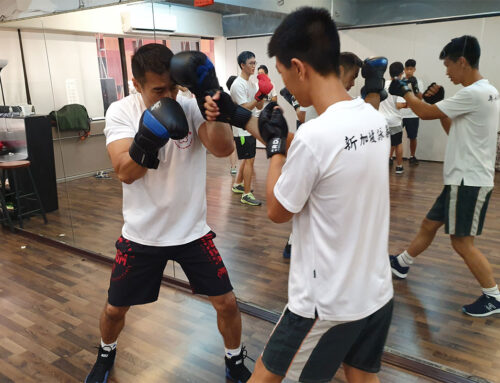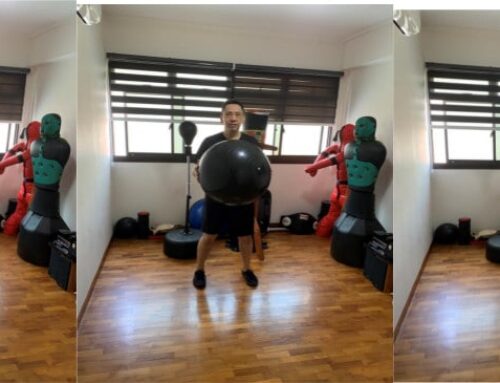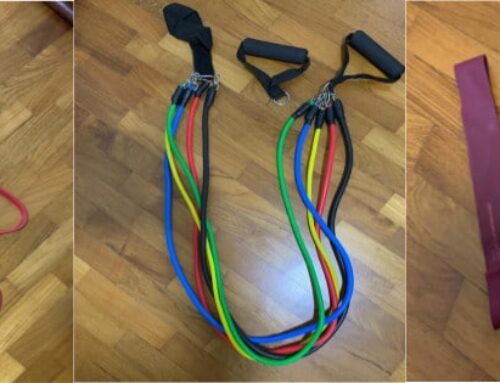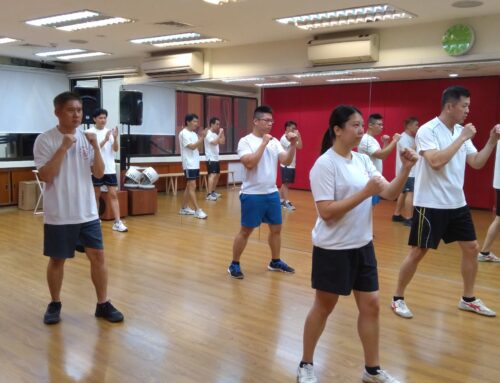“They say Wing Chun is easy, but can you do it?”
GGM Hawkins Cheung
Perhaps “Wing Chun is easy” means relatively easy compared to other Chinese Martial arts that can have 50 or more empty hand and weapon forms, but that does not make it easy. Western boxing has six basic punches and no forms and is not easy either. I think GGM Cheung hit the nail on his head, learning any martial arts requires a lot of effort and dedication.
For most of us, we have a job or go to school, and Wing Chun is a hobby. We go once or twice a week to class and effectively practice 4-5 hours a week. Then how to progress? In this post, I want to share with you some tips and insights from my teaching experience and my training on How to Get Better at Wing Chun
Let me start with some general advice. Follow this, and you can see considerable improvements in your current practice.
- Have the right mindset, be humble and patient.
- Be an inquisitive learner, ask question and question yourself. If you are not sure about your movements, ask your sifu or seniors to correct you during or after class.
- As a beginner train slowly and don’t get too excited. Focus on correct movements and alignment rather than strength and speed.
- Help your fellow student and be the right training partner. Very important because then you both are learning. When you do a partner drill “feed” your partner correctly. Maintain proper structure and alignments at all times, no scoring points or sucker punches, please!
- Know your forms and applications (Chi Sao, sparring)
Sounds pretty obvious, right? Well, “knowing” is not enough, must understand the fabric of techniques, skills and concepts that makes Wing Chun thick. The Olympics motto of “Higher, Faster, Stronger ” does not apply to Wing Chun.
With regards to learning, there are different models or approaches. The Technician / Mastery Level Concept is quite a useful model and approach to learning Wing Chun.
- Technician Level: At this level, we learn the movements and techniques such as SNT, Bong Sao, chain punch or footwork. Our goal at this level is to be able to perform these techniques properly with some degree of confidence and fluency.
- Mastery Level: We know the techniques, and now we need to upgrade to a higher version! At this stage, it is not about adding more techniques but getting better at what we know or more often than not getting rid of some baggage. Here we aim to master the concepts and skills that make our techniques work. At this stage, we develop different layers of skills. This is the underlying framework that applies to all your training, forms and applications in Wing Chun. For example, mental methods, issuing power or a higher level of relaxation and sensitivity.
Firstly, understand at which level of training you are. At Technician Level, a right approach is to practice the specific techniques or moves of your form separately. For instance, turning or stepping in Cham Kiu. Practice only this technique for a week, do it a few hundred times and “put it back” into your form, and you will notice an improvement. Apply this example of focused learning to all your forms and applications.
You can apply the same approach to Mastery Level although they will take longer than a week to learn…choose one or two skills you want to improve upon and for the coming month or two try to apply these in all your forms and applications. Have patience and be persistent. Again invest in your losses.
That does not mean – as a “Technician” – you have to go through the whole Wing Chun curriculum to enter the “mastery” level. You can have a “mastery” attitude or approach at Siu Nim Tao level, which is excellent because you will build a strong foundation.
- Learn in circles
Means you go back and forth in your curriculum, so when you learned a new skill or form, review and see how this applies to what you learned before and you will upgrade your foundation. Same is true when you have problems understanding or executing a new skill go back to your basics to find the answers. Learning in circles will help you improve your overall game.
- If it is Broken, FIX IT!
If your Sifu says that you are using your shoulder when you punch, FIX IT! If you don’t know how to fix it, then ask. Don’t let your sifu repeat himself too often!
Keep a journal and set realistic goals
Keeping class notes, a journal and setting realistic goals is a good habit. It helps you to stay on track, reflect on your past actions, your mistakes and ideas about how to improve. Most likely you are too optimistic on what you can achieve – I usually am (!) -but even if you only realise 50% of what you set out to do, at least you improved and that what we are after!
I am not teaching you anything,
I only help you to explore yourself
Bruce Lee
Hope you find this post “How to Get Better at Wing Chun?” useful and it would be interesting to hear from you. Feel free to contact me if you have any questions comments.
Happy Training,
Steven Wang
Head Instructor Chu Sau Lei Wing Chun Singapore





Leave A Comment